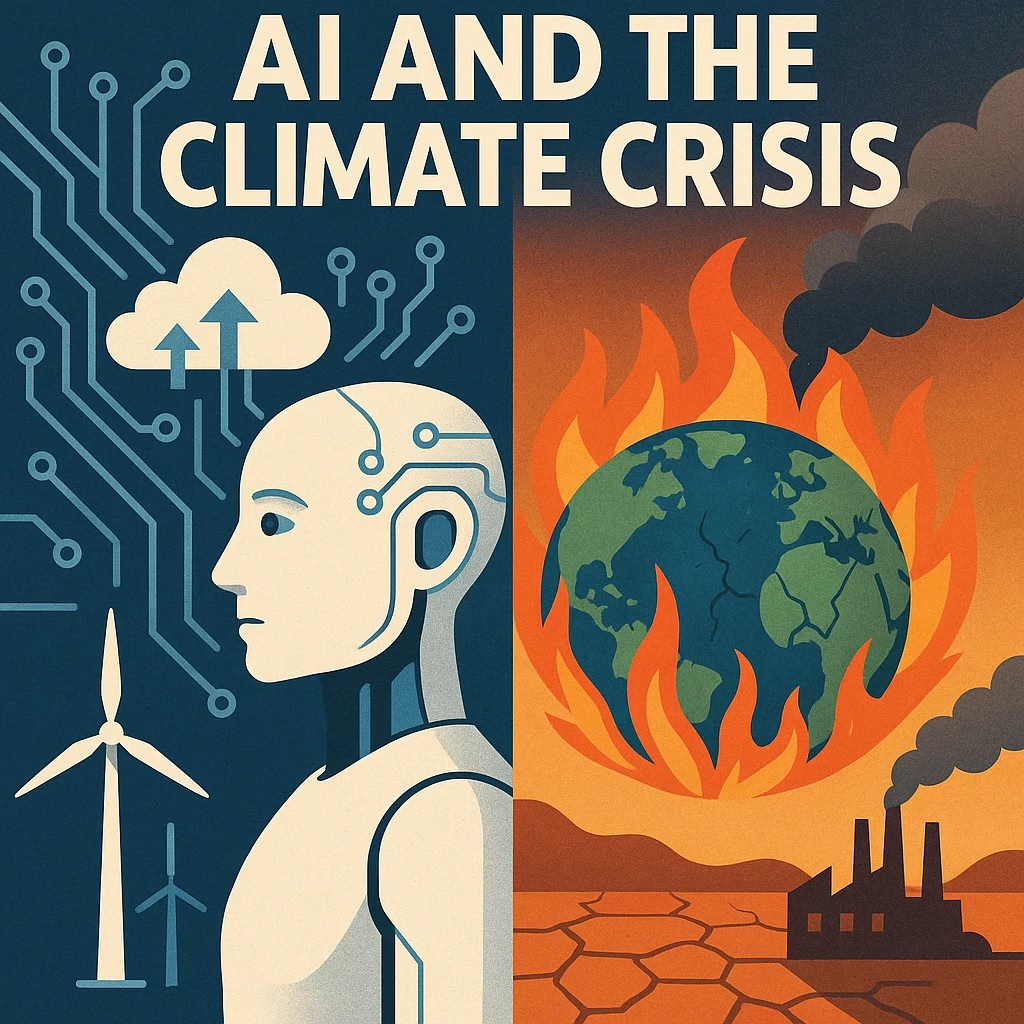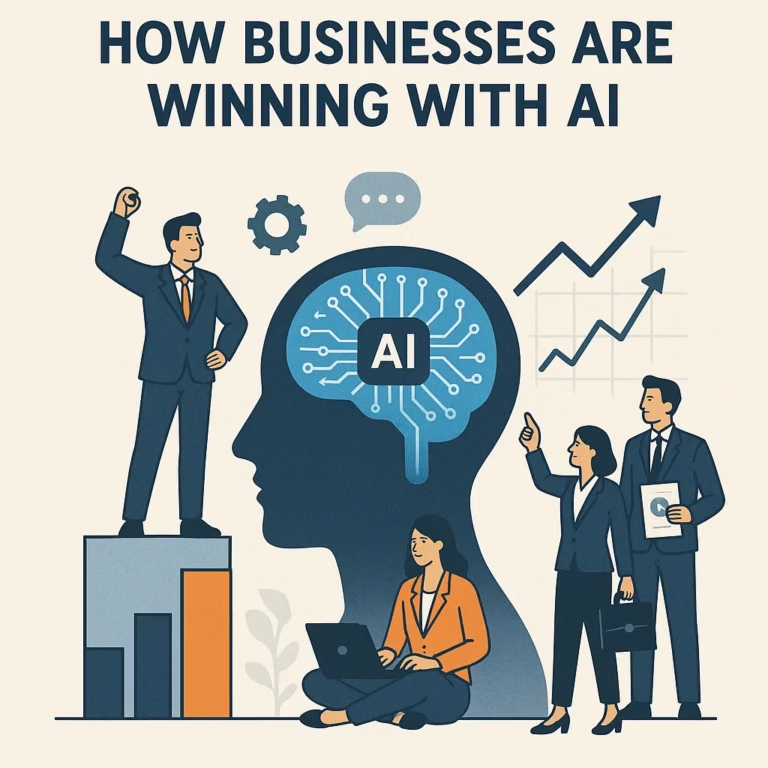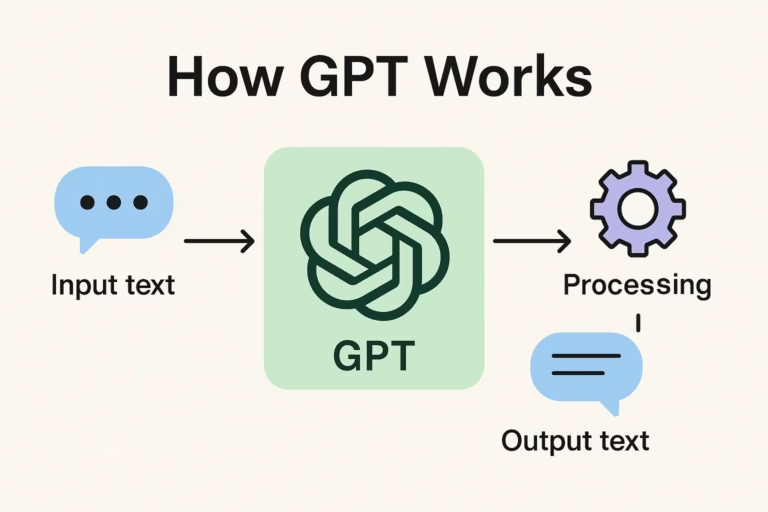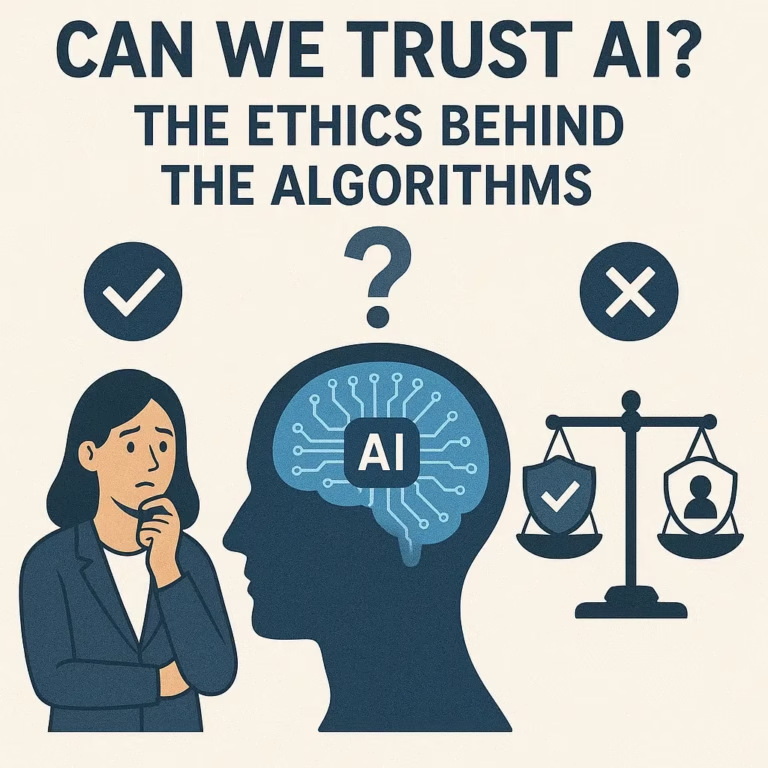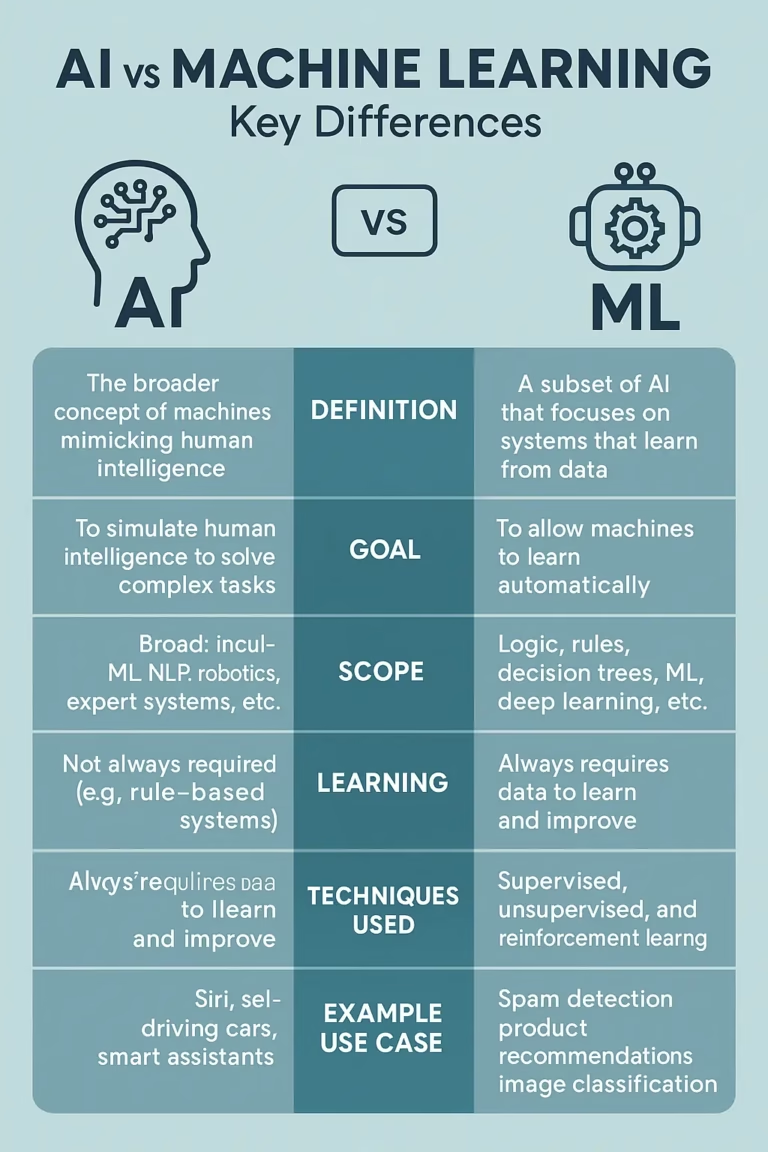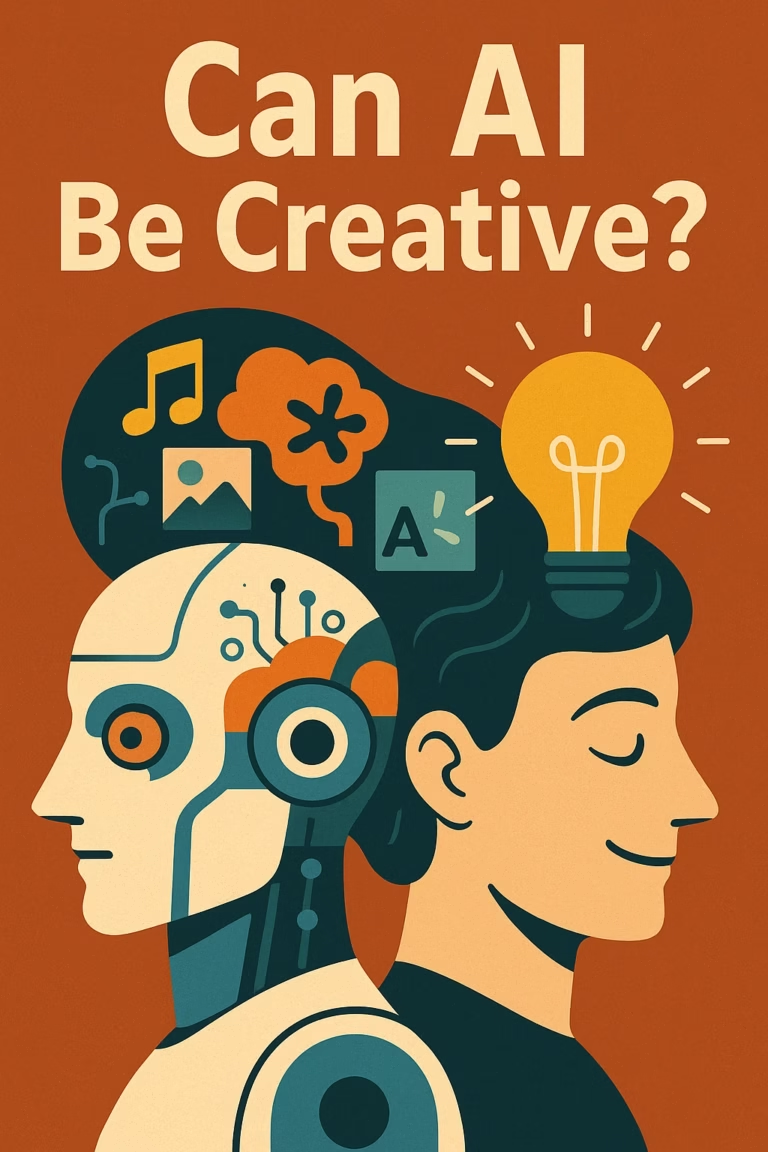AI and the Climate Crisis: Friend or Foe?
As the world races to address the climate crisis, a new player has entered the scene: Artificial Intelligence (AI). Some hail it as a powerful ally in the fight against climate change—able to analyze data, optimize systems, and accelerate clean energy solutions. Others warn that AI could worsen the problem through energy-hungry algorithms, increased consumption,…
As the world races to address the climate crisis, a new player has entered the scene: Artificial Intelligence (AI).
Some hail it as a powerful ally in the fight against climate change—able to analyze data, optimize systems, and accelerate clean energy solutions. Others warn that AI could worsen the problem through energy-hungry algorithms, increased consumption, and unintended consequences.
So, what’s the truth?
Is AI a friend or foe to the planet?
The Promise: How AI Can Help the Climate
1. Climate Modeling & Prediction
AI can process massive climate datasets in real time, helping scientists:
- Model global temperature shifts
- Predict extreme weather events
- Forecast droughts, wildfires, and sea-level rise
These insights support better planning, disaster response, and policy development.
AI isn’t just interpreting data—it’s enabling faster, more accurate climate science.
2. Optimizing Renewable Energy
AI is driving innovation in clean energy by:
- Forecasting solar and wind power generation
- Managing energy grids more efficiently
- Reducing waste and matching supply with demand
This can make renewables more reliable and scalable, speeding up the transition from fossil fuels.
3. Smart Agriculture
AI tools help farmers:
- Monitor soil health and crop growth
- Optimize irrigation and pesticide use
- Reduce emissions from livestock and land use
By increasing yields and efficiency, AI supports sustainable food systems.
4. Decarbonizing Industry & Transportation
AI is being used to:
- Route vehicles to reduce fuel consumption
- Monitor emissions in real time
- Design more sustainable materials and supply chains
From electric fleets to energy-efficient factories, AI is helping companies cut carbon and costs.
Related: The Future of Artificial General Intelligence (AGI): Hype or Reality?
The Risk: AI’s Carbon Footprint
1. Energy-Intensive Training
Training large AI models (like GPT-4 or image generators) requires vast amounts of computing power—and with it, energy.
A single large model can emit as much CO₂ as five cars over their lifetime, depending on the energy source.
2. Growing Demand for Data Centers
AI is fueling a boom in data centers, which consume enormous amounts of electricity and water for cooling. Without a shift to clean energy, this growth could:
- Increase greenhouse gas emissions
- Strain local power grids and water supplies
3. Enabling Overconsumption
AI-powered personalization can drive overconsumption—think targeted ads, fast fashion algorithms, or on-demand deliveries—all of which accelerate resource use and waste.
Striking a Balance: Making AI Climate-Positive
AI doesn’t have to be a climate villain—but it must be designed and deployed responsibly. Here’s how:
Build with Sustainability in Mind
- Train models more efficiently
- Use low-carbon cloud infrastructure
- Prioritize green data centers powered by renewables
Apply AI Where It Matters Most
- Focus on high-impact use cases in energy, agriculture, and conservation
- Avoid wasteful or gimmicky AI applications with high environmental costs
Increase Transparency and Accountability
- Track and publish AI’s energy usage
- Create environmental impact standards for AI development
AI + Climate Action = Opportunity
Used wisely, AI could become one of our most powerful tools in the climate toolbox—not a threat to sustainability, but a catalyst for it.
It’s not about choosing between AI or the planet.
It’s about building AI for the planet.
Final Thoughts
So, is AI a friend or foe in the climate fight?
It’s both—and neither.
AI is a tool. Its impact depends on how we use it.
If we commit to ethical, energy-aware development, AI can help us understand the planet better, act faster, and build a more sustainable future.
The choice isn’t up to the machines—it’s up to us.
How do you see AI fitting into climate solutions? Are tech companies doing enough? Share your thoughts below.

